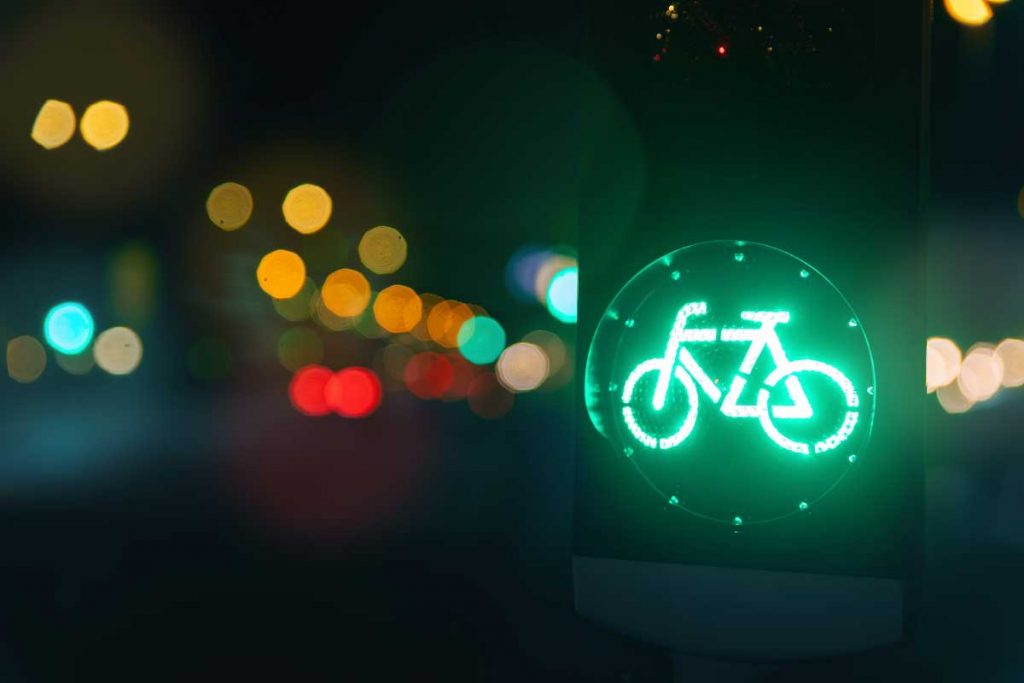
Carfree Cities: Pros and Cons
Making city centers more relaxed and climate-friendly has many advantages:
Increased comfort and quality of life: More space, cleaner air, and less noise make car-free city centers—with their streets and squares—more attractive and enjoyable. Residents and visitors can better enjoy public spaces and spend more time outdoors. At the same time, the number of car accidents decreases, making streets safer, especially for children, older people, and pedestrians.
Every two years, the retail research institute IFH conducts a representative survey on the quality of life in German city centers. In autumn 2024, 68,451 people in 107 German cities were surveyed. The conclusion of the study, published in early 2025, is: “Apart from isolated differences, visitors—and thus a cross-section of the German population across generations—primarily value the quality of stay, visiting experiences, retail, gastronomy, and vitality.”
Improved air quality and reduced noise pollution: Without cars, air pollution decreases significantly, which is healthier and contributes to combating climate change. Fewer cars also mean less traffic noise, enhancing urban quality of life.
More space for pedestrians and cyclists: Parks, sidewalks, and bike lanes can be expanded when cars give up space. This promotes healthy and environmentally friendly mobility.
Promotion of sustainability: Carfree cities encourage the expansion of public transport, car-sharing models, and other eco-friendly modes of transport.
Alongside these many advantages, there are, of course, also challenges for a car free city:
Resistance from the population: People accustomed to using cars as their primary means of transport sometimes find it difficult to adapt to changes. Business owners are often skeptical as well, fearing a potential loss of customers.
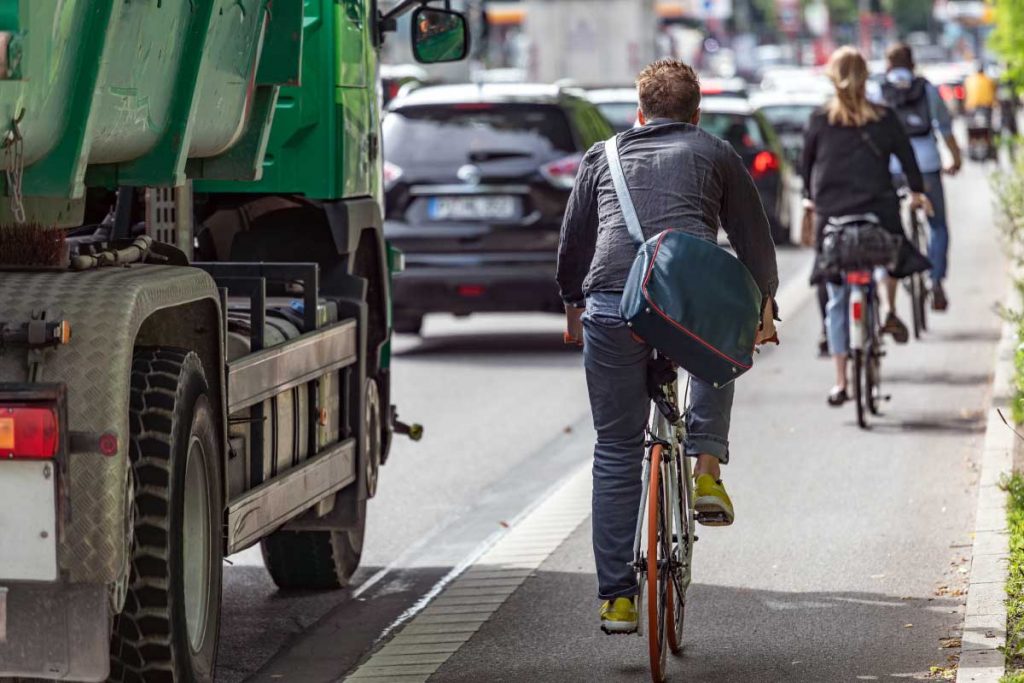
Traffic problems outside the city: If infrastructure is not adapted and public transport is not expanded, traffic issues can shift to the suburbs and city limits. Poorly planned bypasses can create new congestion points with particularly high traffic volumes.
Limited mobility: People with reduced mobility must be able to rely on public transport. However, public transport does not always meet the necessary standards for people with disabilities.
Infrastructure costs: no car cities and zones need to be redesigned to become truly attractive places to stay. This requires significant investment in public transport, bike and pedestrian paths, and the design of public spaces.
In summary, the concept offers many advantages for the environment and quality of life, but also presents challenges that must be carefully considered and addressed with appropriate solutions.
Carfree Cities in Germany offer greater quality of life
There is no completely car free city in Germany, but designing city centers as pedestrian zones is a concept that has already been implemented in many cities. For example, in Freiburg, the city center was declared a car free zone in the early 1990s. Since then, a consistent strategy has been pursued to reduce car traffic, expand public transport, and promote bicycle-friendliness in order to further extend the no car areas. Today, car traffic is restricted in the city center, with access allowed only for delivery vehicles, residents, and public transport. Wide bike streets, a well-developed public transport system, unattractive parking options for cars, and the redesign of public spaces have made the “Freiburg model” a benchmark for other cities.
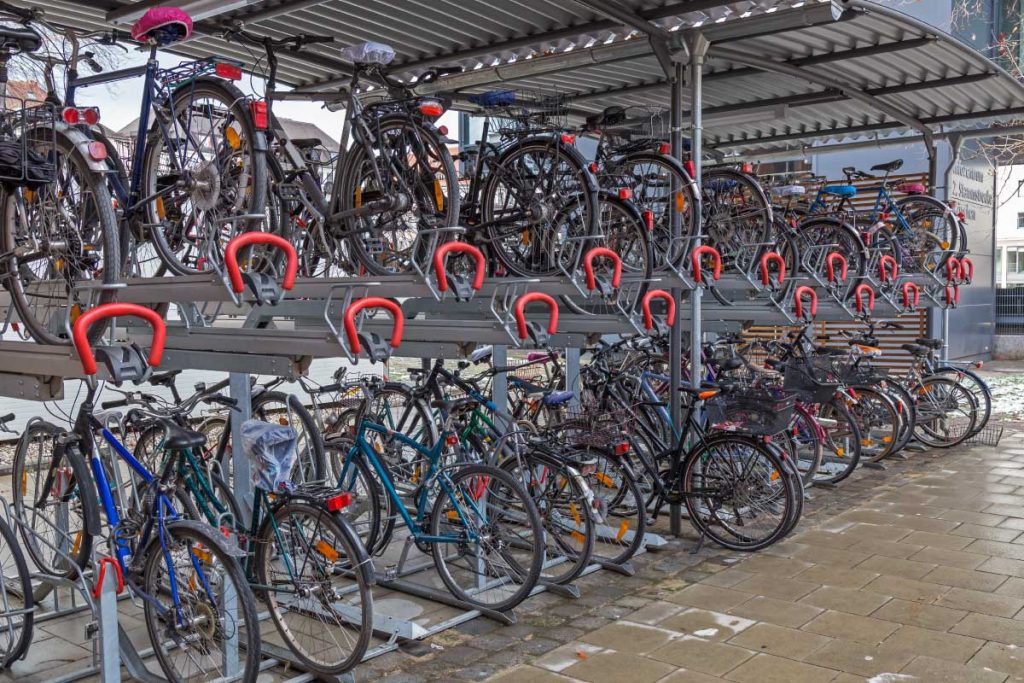
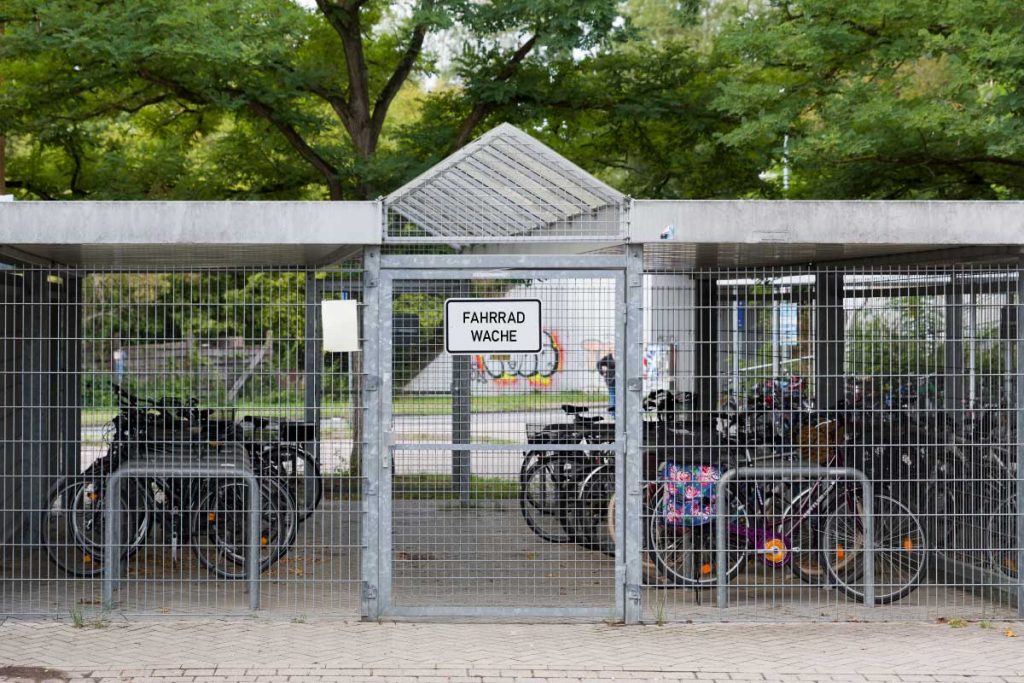
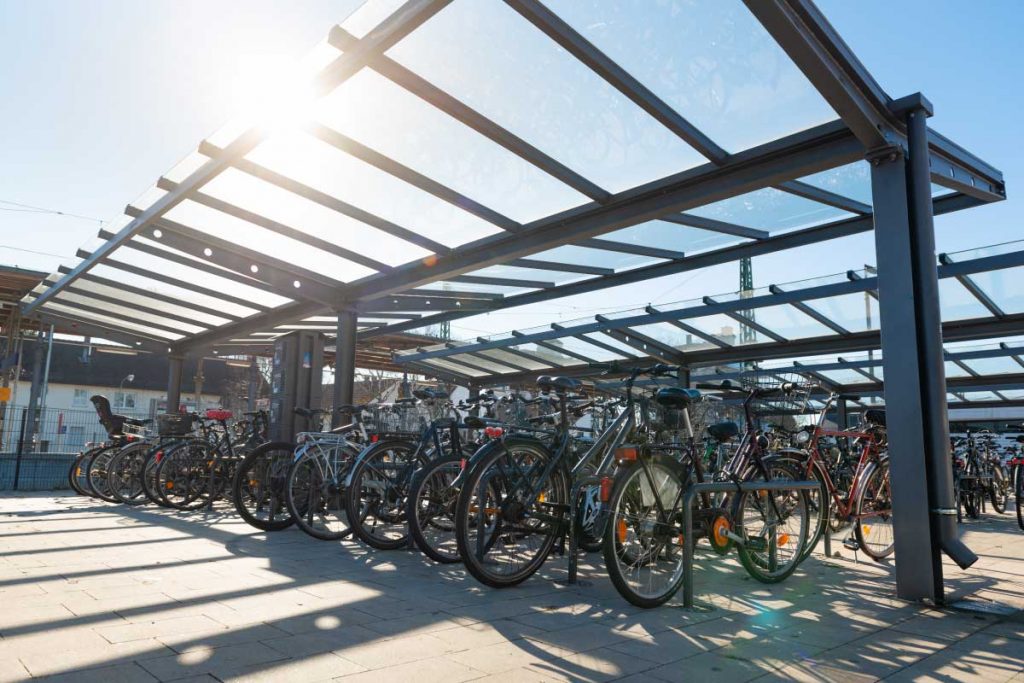
A prime example of a car free city in Germany is HafenCity in Hamburg. Its development also began in 1990. Several construction phases have already been completed, and by 2030, a fully sustainable district is planned, combining residential areas, workplaces, and recreational opportunities. The streets were designed to prioritize pedestrians and cyclists. Connections to the subway network, ferry services, and the cycling network are key elements of this car-free infrastructure.
Carfree cities in Europe set a good example
Across Europe, there are successful examples of carfree cities or areas with partially car-free zones. The goal is to improve quality of life, reduce air pollution, and promote sustainability. Examples of cities that have achieved these goals include Zermatt, Helsinki, Madrid, Oslo, and Ghent.
One of the oldest examples is Zermatt. Since 1961, the town at the foot of the Matterhorn has been closed to private car traffic. Visitors reach the town by train and get around using horse-drawn carriages, bicycles, or electric vehicles. The primary reason from the start was environmental protection, but there was also a desire to preserve the charm of the quiet mountain village despite growing tourist numbers.
One of the best-known car free city in Europe is in Ghent. The implementation here is particularly impressive. Preparations took two years, but the measures for the car free city were implemented over a single weekend in 2017. A sophisticated circulation plan divides the city into zones, like slices of a pizza, with an outer ring road ensuring that traffic is consistently directed from the city center to bypass streets. Only emergency vehicles, buses, and taxis may move directly from one zone to another. All other car drivers must always use the ring road. As a result, traveling within the city center is much more attractive by bicycle, bus, or on foot.
The outcome has been largely positive: Since the measures were introduced, the number of visitors from surrounding areas has increased. The city recorded a 35% reduction in accidents. Car traffic decreased while more people switched to bicycles. Contrary to expectations, there was less congestion on the ring road. Use of public transport and the number of pedestrians also increased. Consequently, air quality improved by 25%.
Overview of the different measures for the car free city concept
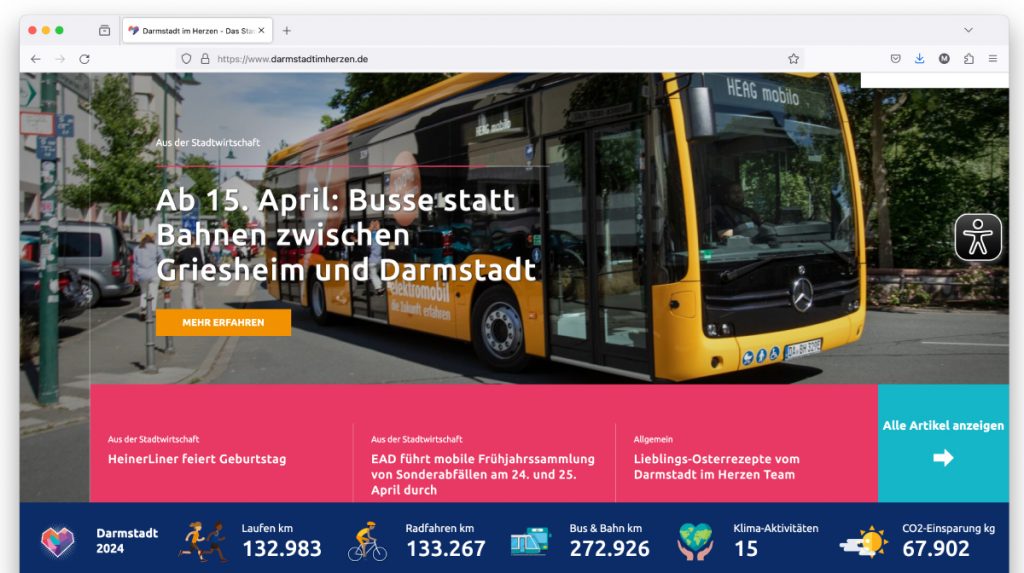
The measures to implement a car free city are similar across different cities. To make the shift from cars to buses, trains, and bicycles easier, investments are made in public transport, cycling is made more attractive through better bike lanes, and bike-sharing options are often provided. Digital tools, such as the Klima-Taler app, add extra motivation for environmentally friendly mobility through gamification. In addition, the Klima-Taler app provides up-to-date user data, which allows the redesign of the city center to directly reflect the actual needs of residents—for example, by placing new bus stops and bicycle parking in the most suitable locations.
Key success factors for a car free city at a glance:
Promotion of public transport
Those who leave their car behind need the assurance of remaining mobile. Therefore, a key aspect of a car-free city center is an attractive public transport system. This includes a well-developed network with strategically placed stops, short waiting and transfer times, and reasonable pricing.
Clear paths for cyclists

Besides public transport, cycling is a popular alternative—provided that the bike network is well developed. Dedicated bike streets for greater safety and riding comfort have proven effective. Separate traffic light cycles that allow cyclists to cross intersections before cars make cycling more relaxed. Easy access to shared e-bikes further facilitates getting started with and switching to cycling.
Enhancing the quality of public spaces

When private car traffic gives way to pedestrians and cyclists, public spaces can once again be used by residents. Green areas and appealing seating and resting spots create places for relaxation. Redesigning these spaces also provides an opportunity for more sustainable construction and to reverse the problematic sealing of urban surfaces.
Communication with residents
In all concepts for a car free city, it has proven essential to involve the people who live and work there. Citizen forums and participation processes ensure that long-term plans are continuously reviewed and adjusted to meet the needs of those involved.
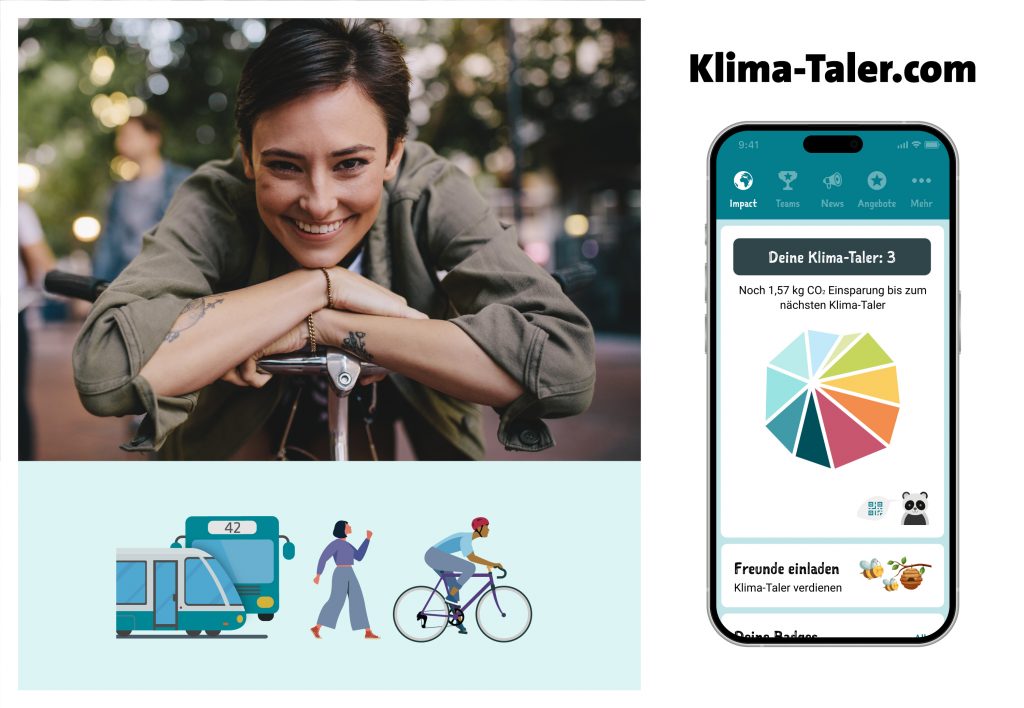
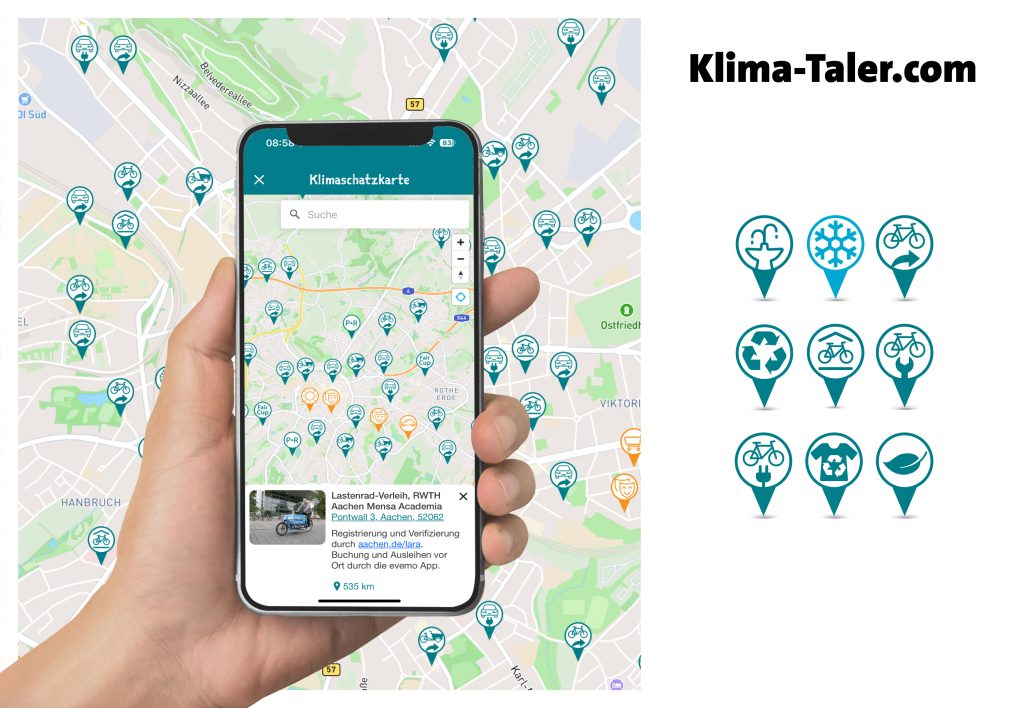
Using the Klima-Taler App: Large cities like Aachen, as well as smaller municipalities such as Leer and Viersen, successfully use the Klima-Taler app for their climate initiatives. The app can support the measures mentioned above in a variety of ways. It motivates citizens in a playful manner to help implement the concept of a car free city. In addition, the app collects up-to-date—of course, anonymized—data that provides valuable information for designing a traffic-calmed city center.
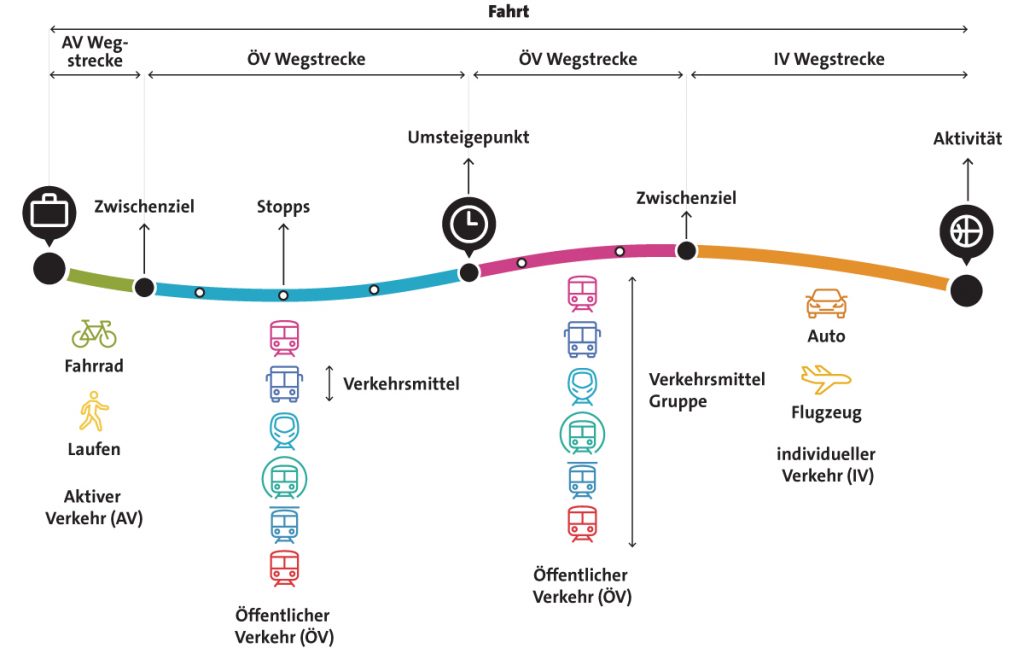
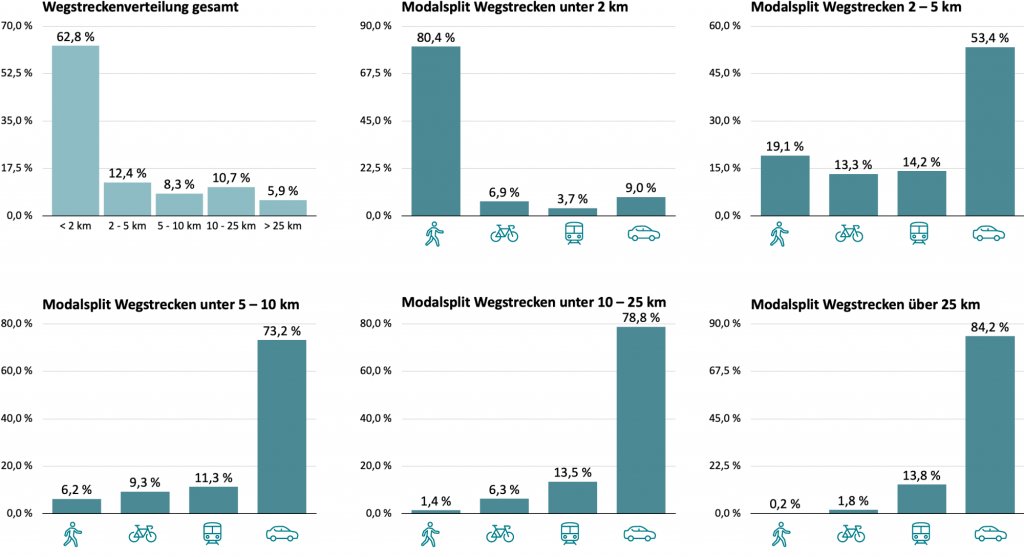
Communication with residents can also be facilitated in many ways. The successes in collective CO2 reduction become visible through the app and can be easily shared on the city’s website. Important dates, measures, and offers are conveniently distributed by city officials via push notifications in the app to strengthen citizen participation.
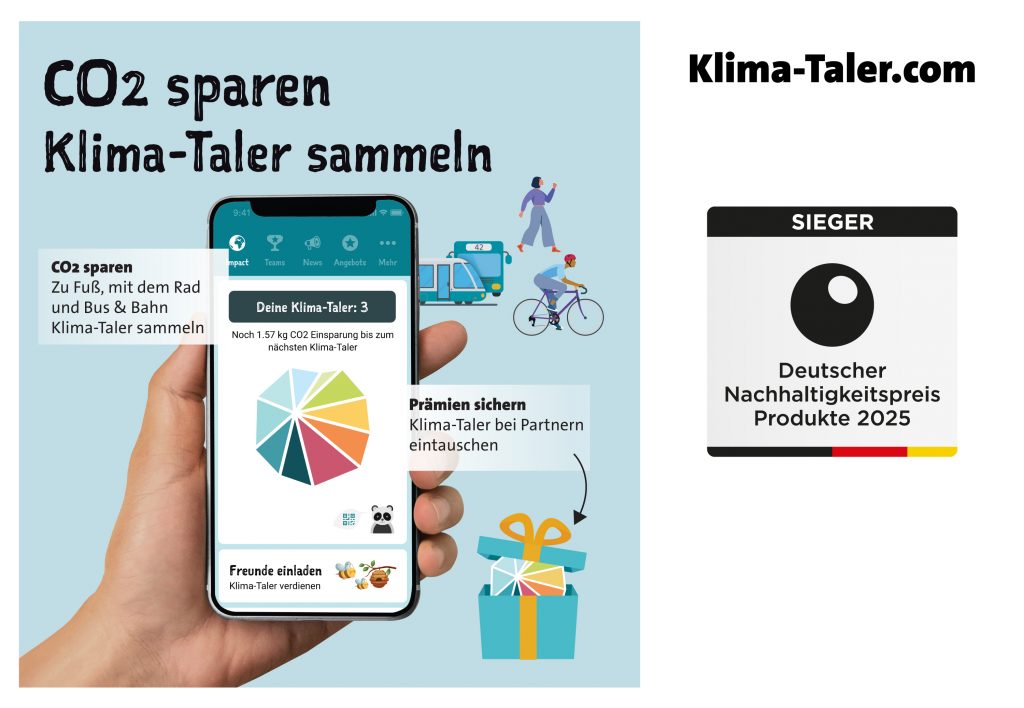
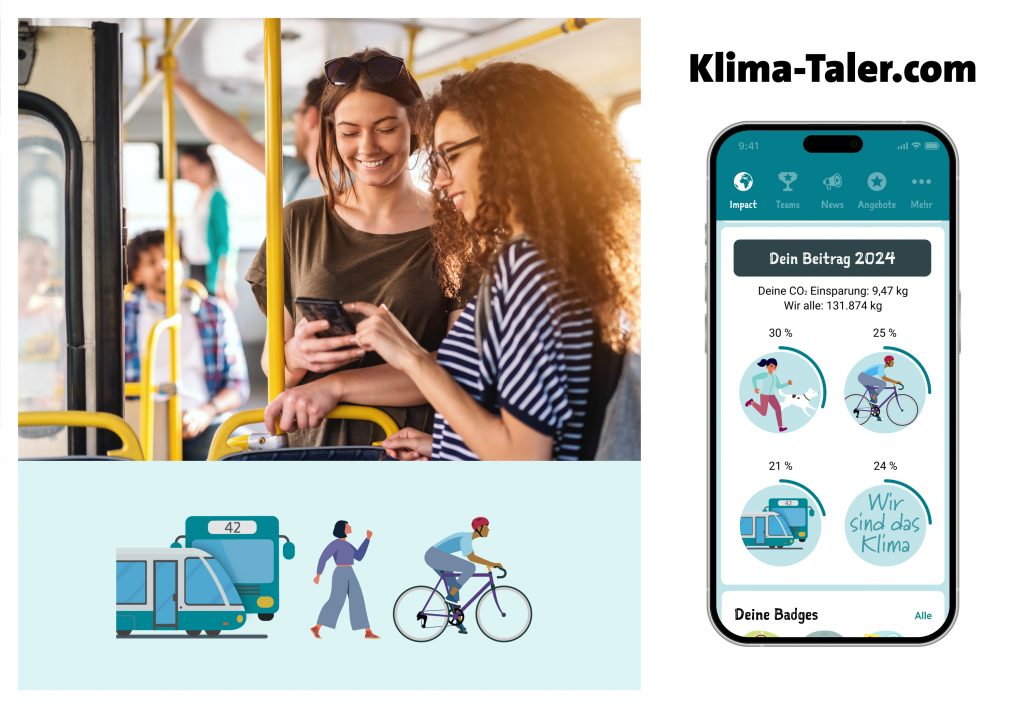
Conclusion: Carfree cities make a significant contribution to improving the climate.
Air quality is improved, traffic noise is reduced, and CO2 emissions are lowered. Carfree cities offer higher quality of life, increased safety, and promote environmentally friendly mobility. To achieve a car free city, important measures include well-connected public transport, expanded bike lanes, and the redesign of public spaces. The Klima-Taler app supports these efforts by promoting environmentally friendly behavior through gamification and providing valuable data for urban planning.
Do you want to involve your citizens in the mobility transition? Get in touch!
We look forward to meeting you and exploring together the potential of the Klima-Taler app for your municipality.

You can reach Markus Schulz at any time via markus@klima-taler.com

